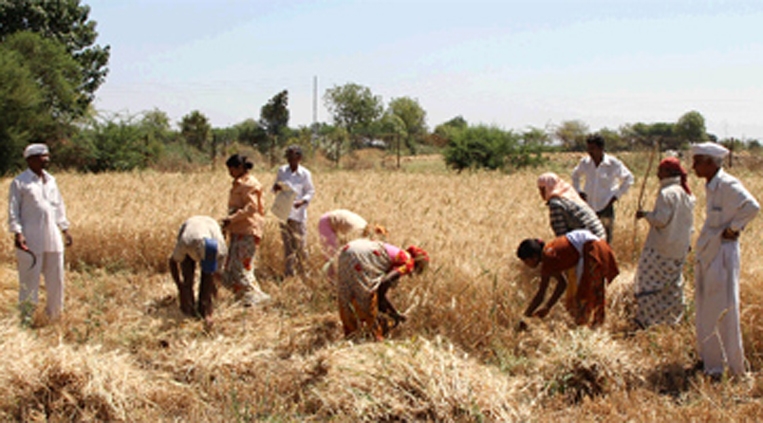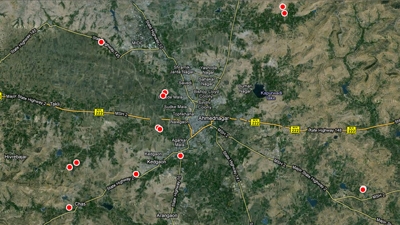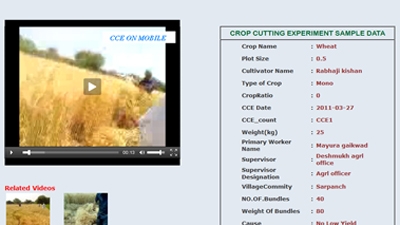Challenge
India’s crop insurance program is the world’s largest with more than 25 million farmers insured. But delays in the payment of claims were a major issue and 85 million farmer households remained uninsured. When the monsoon rains failed, or pests and disease ruined their crops, insured farmers often received their claim payments after 8 to 12 months, defeating the very purpose of insurance. Delays in settlements, in turn, made it challenging for farmers to repay the bank loans they had taken for buying seeds and fertilizers at the time of planting. This jeopardized their ability to borrow again for the next crop, reducing their planting, or pushing them into a vicious cycle of debt with money lenders. Several attempts to tackle this issue had not met with success. Since it was virtually impossible to measure the yield of each farm given the millions of small landholdings, the prevailing practice was to estimate the average yield of a particular area by harvesting and weighing the crop from part of a field in a Crop-Cutting Exercise (CCE). If the yield proved to be below the historical average, insurance claims for the area were valid. But data from CCEs was unreliable and prone to manipulation, and there were long delays in it reaching the insurance agencies, leading insurers to raise farmer premiums to compensate for the greater risk. In addition, local weather conditions such as hailstorms that impacted only a few farms within an area could not be accounted for, making it difficult for farmers to put in a genuine claim.
Solution
Since getting reliable and quick data on crop yields was critical to the success of the insurance program, Global Positioning System (GPS) and video-enabled cellphones were used to record the entire crop-cutting process. Under the process, a government field worker conducting the CCE, would take geo-tagged and time stamped photos on a mobile phone, video recording the entire harvest in one continuous shot. The geo-tagging, which recorded the GPS coordinates, and time stamping ensured that insurance workers were indeed at the right place at the right time, leaving no room for data manipulation. A mobile phone app then transferred the recorded data—yield, date, time, nature of crop, location of CCE, weight and so on—to large servers on a near real time basis. The data was then uploaded onto a website for consolidation and analysis, creating a database of CCEs, and hastening the processing and settlement of insurance claims.
Results
The pilots carried out in the Ahmednagar district of Maharashtra and the Jalore district of Rajasthan showed that the use of simple and cost-effective mobile phone technology had benefitted both farmers and insurers:
- Insurers received transparent, reliable and timely crop data, reducing the possibility of data manipulation, and allowing for lower insurance premiums.
- Policy formulation and piloting of an improved crop insurance program in 50 districts (an estimated 400,000 farmers have participated in the first crop season).
- Insured farmers benefited from the faster payment of claims. The new method allowed for an interim payout to farmers, closer to the time that the actual loss was incurred. This arrangement provided an estimated 400,000 farmers with much needed cash flow during the cropping season, with the balance to be paid to them at the end of the season. Previously, when a farmer would normally have had to wait for several months for a claim to be settled, he could now potentially get the money in a few days.
- Development of commercial weather-based crop insurance products led to an increase of the public insurer's weather-based crop insurance portfolio to almost 1 million farmers and a total annual premium volume in excess of US$50 million (2009-10).


